I did not expect that the most surprising – and in many ways, one of the most interesting - vehicles at the Tokyo motor show would be an 89-year-old British truck.
Taking pride of place on the Isuzu stand was a rather magnificent 1924 Wolseley CP 1.5-tonne truck. This remarkably elegant wood and brass creation (I couldn’t find out if it was the original, but it had certainly been beautifully rebuilt) was described as being the first truck built in Japan.
The Wolseley was built under licence by Ishikawajima Shipbuilding and Engineering Co (the predecessor of Isuzu Motors Ltd) and managed to just develop 25bhp from its 3.0-litre petrol engine. I don’t imagine that its four-speed manual ‘box was particularly easy to manipulate, either.
But the CP truck project nearly didn’t happen. In 1918, Ishikawajima struck a deal with Wolseley, which saw it building the big, elegant, A9 under licence until 1922, the first passenger car made in Japan. In 1923, the company was in the middle of finalising production of the CP truck when the Great Canto earthquake struck on 1 September.
Still the deadliest earthquake in Japan’s recorded history, with over 100,000 people thought to have died, it completely devastated the wider Tokyo area, partly because of firestorms.
According to Isuzu, most of the tooling and blueprints for the CP were destroyed and the Fukagawa factory badly damaged. But the Japanese government was so keen to establish a domestic car industry that the CP production line was cobbled together by 1924 and the first example was produced. The tie-up with Wolseley was wound up in 1927, when Ishikawajima started building its own vehicles.
It is amazing how the British car industry, for all its faults, managed to seed an awful lot of the world’s car industry. The first car wearing the Datsun badge was entirely inspired by the Austin 7 and the company’s first post-war cars were Austins built under licence.
BMW got into car making by buying up a small German company and the rights to build the Austin 7 under licence. Hyundai Motor Company’s first homegrown car, the Pony, was developed by the ex-boss of Austin-Morris and a team of British engineers; the car had more than a flavour of the Marina about it.
Indeed, bits of that expansion of the Brit car industry are also still scattered around the globe For example, truck and bus maker Leyland had an Indian outpost that survives (and thrives) as Ashok Leyland, a company that has just launched its own MPV. (Ironically, based on a Nissan). Commercial builder BMC in Turkey is a left over of the old British Motor Corporation empire.
Which makes you wonder how we lost the plot as an automotive manufacturing nation. BL boss Sir Michael Edwardes was so appalled by the state of the Maestro prototype in ’78, he lobbied Mrs Thatcher’s incoming government to allow him to form a technical alliance. By the early 1980s, the once mighty Leyland commercial vehicles saw some of its biggest markets in undemanding Africa, a consequence of failing to build vehicles capable of dealing with Europe’s high speeds and long distances.

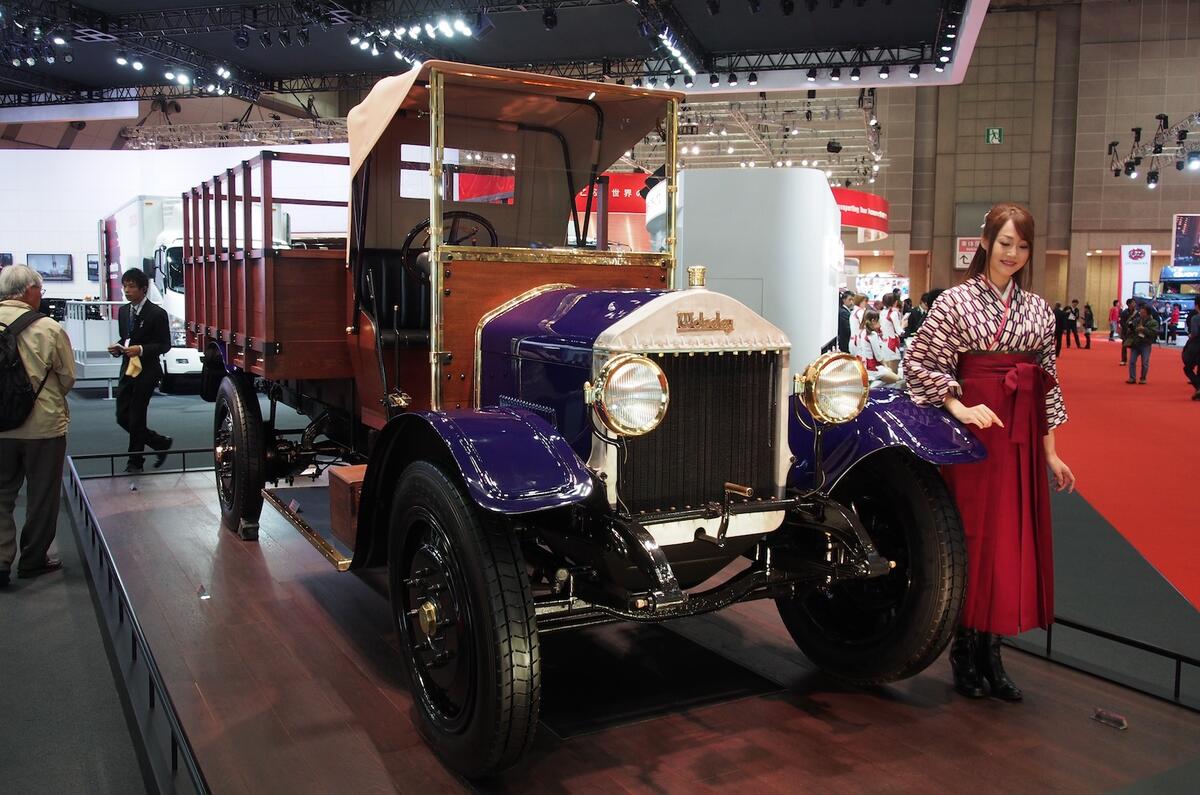
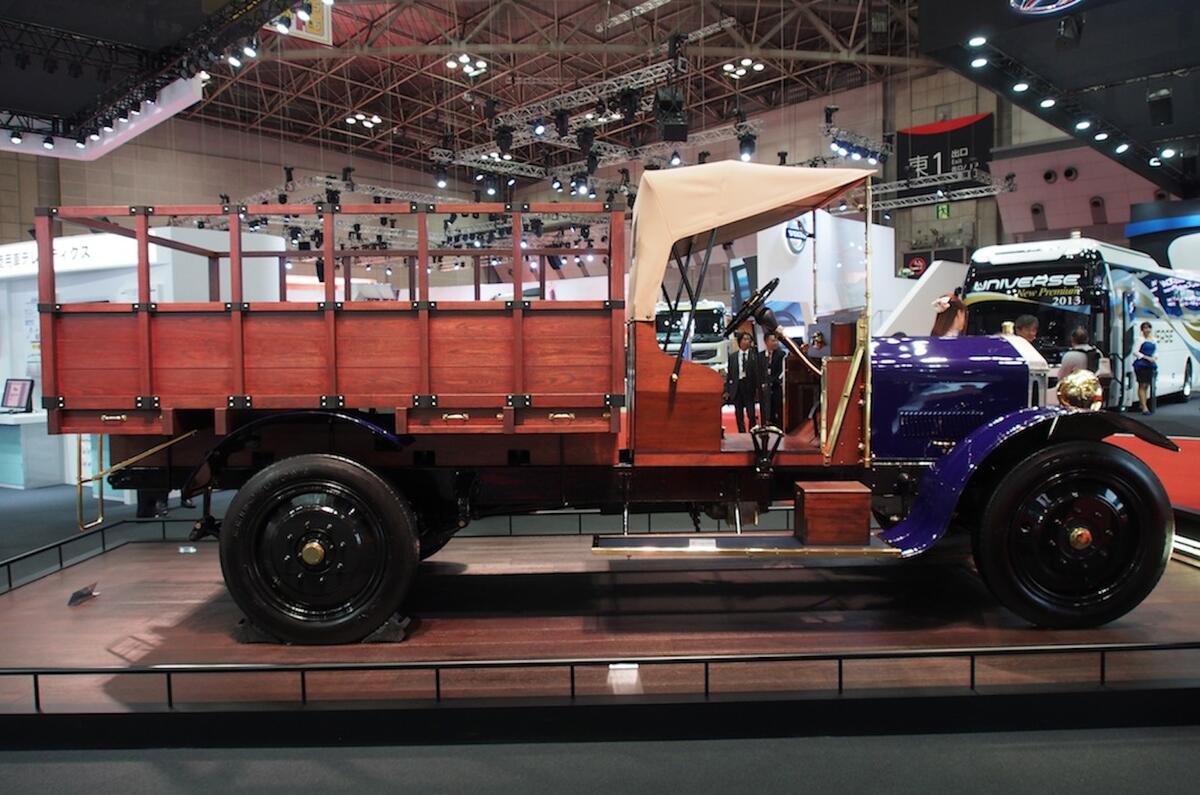
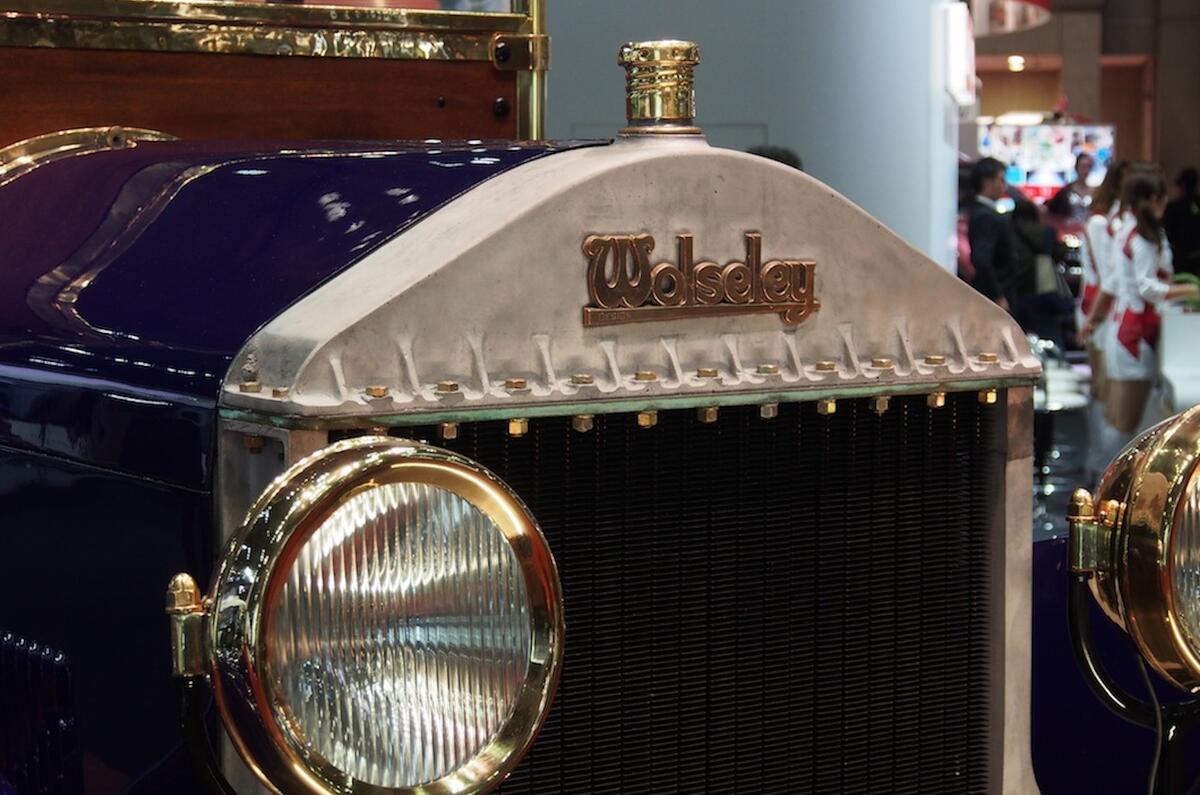
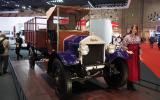

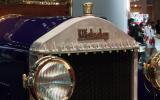


Join the debate
Add your comment
Too much history
Imagine Wolseley making Isuzu
Managerial incompetence and truculent unions.